
Why tie a squirmy worm fly?
The squirmy worm is one of the most productive patterns there is. It belongs to an elite category of flies that just pull fish from wherever they’re hiding in a huge range of conditions. It’s not just the fact that they look like a worm that gets the trout’s attention either. Classic San Juan worms, wire worms, and similar patterns catch fish, but will get outfished by a squirmy worm every time. The action, diameter, and feel of the rubber squirmy material makes for an unmatched pattern.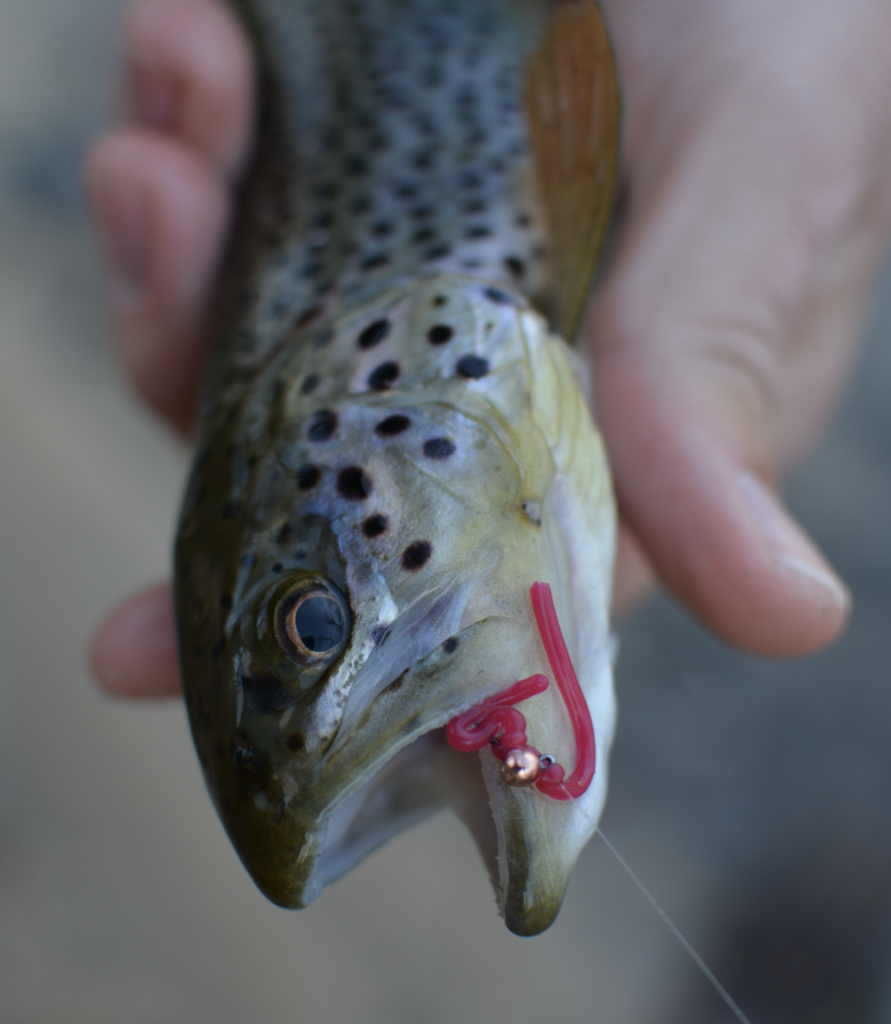
Despite all that and the fact that they’re one of the simplest patterns out there, I still hate tying squirmy worms. It doesn’t take all that long, but it feels like a waste of time to tie them when they will only catch around ten fish before the tails rip off. On top of that, if your squirmies survive the fish, they probably won’t live long in your box. Heat and sunlight degrades the squirmy worm material quickly. The worms will become sticky and fall apart within a week during the summer. The short lifespan makes it hard to tie a lot at once, because most will probably fall apart before they see action. Yes, there are some more durable versions of the squirmy material out there that last a bit longer, but they’re too stiff and don’t have the same fish catching action as the good stuff (Spirit River).
What to do about it
I put up with tying them for a long time because of how effective they were, and never thought much into a better way because competition rules dictated the squirmy worm material be tied to the hook. Once FIPs banned the squirmy a few years back though, I had no reason to keep tying them the old school way.
I found a lot of interesting methods to increase the lifespan online, including my personal favorite which was an interchangeable tail model using dental bands (not sure if that link is the original creator). What I settled on was something a lot simpler that a few friends had shown me in the past- I just threw it on the hook like a bass lure.
Whether we like to believe it or not, a squirmy worm is basically a micro soft plastic, so why not rig it like one? Just two overhand knots and your ready to go. It saves a lot of time at the bench and a lot of space in your boxes. They don’t last for quite as many fish rigged this way compared to being tied on the hook, but it’s quick to switch them out and you never have to worry about them melting in your box again.
How to not tie a squirmy worm
There’s still a little bit of prep work with hooks and beads involved in rigging the squirmy this way, at least if you want to fish a weighted fly. If you want to go with and unweighted fly and split shot, you can skip this step. I usually keep a handful of size fourteen jigs in 2.5 to 4mm bead sizes stocked in my box, but you can use whatever hook and bead configurations you like. All you have to do is add a dab of superglue or epoxy resin in the bead slot to hold it to the hook. If you’re using superglue, some accelerator helps a lot. Make sure the glue is dry before getting it anywhere near the squirmy material, as it will dissolve the worm and make it useless pretty quick.
Next is the material. There are a lot of options out there, but Spirit River makes the best stuff I’ve found. I carry the dark red, hot red, and pink on me in a small bag. You can cram more worms than you’ll every use in a day in a tiny zip lock. I keep them whole and just rip them to size when I need to put a new one on. I’m not sure why, but they seem to last a lot longer all together in a bag than they do in a fly box, so I just leave them in my pack and refill the bags as I go. A good tip whether you use this method or tie them is to dust the worms in baby powder to prevent any sticking, similar to flour on pasta.
Rigging one is pretty simple. I’ve tried a number of methods I’ve thought up or been shown by friends, and found most had big durability issues. This one is working for well me now but I’m still playing around with other ideas.
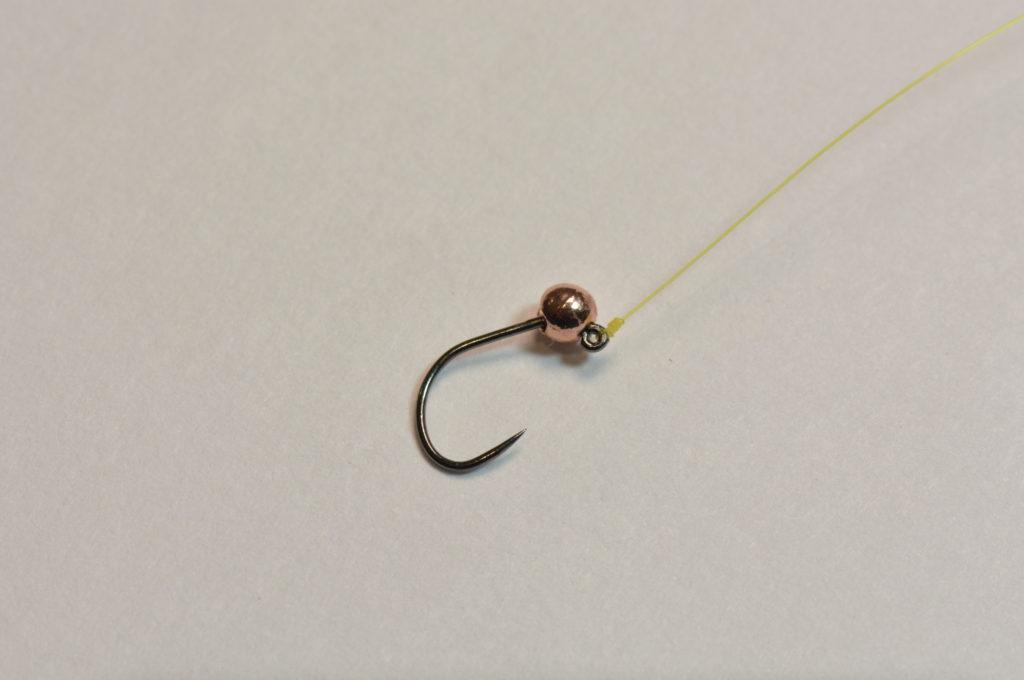
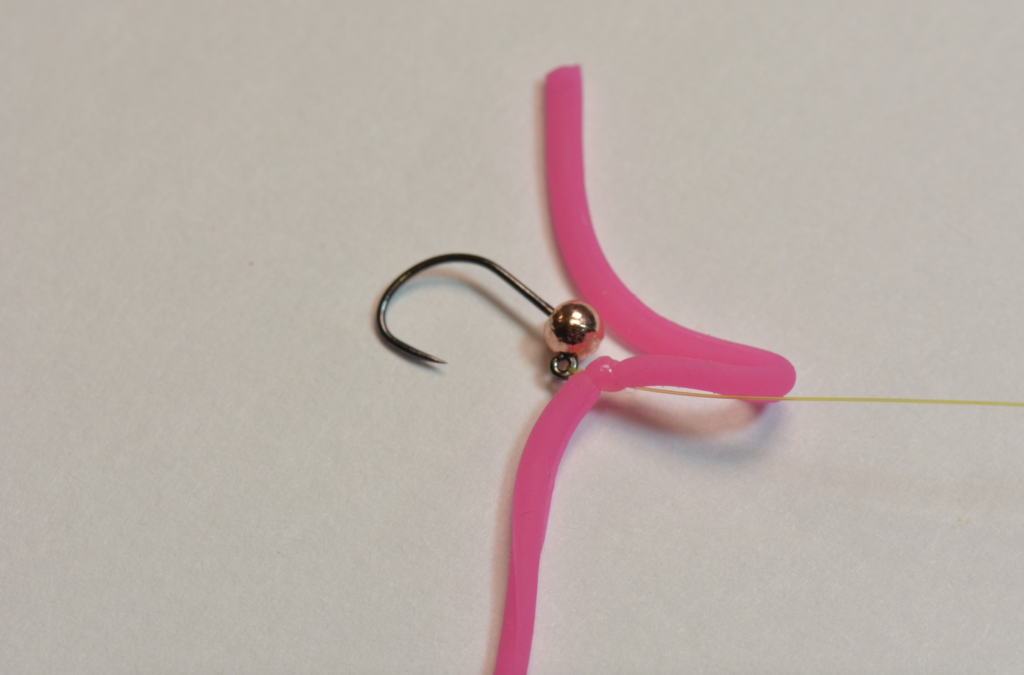
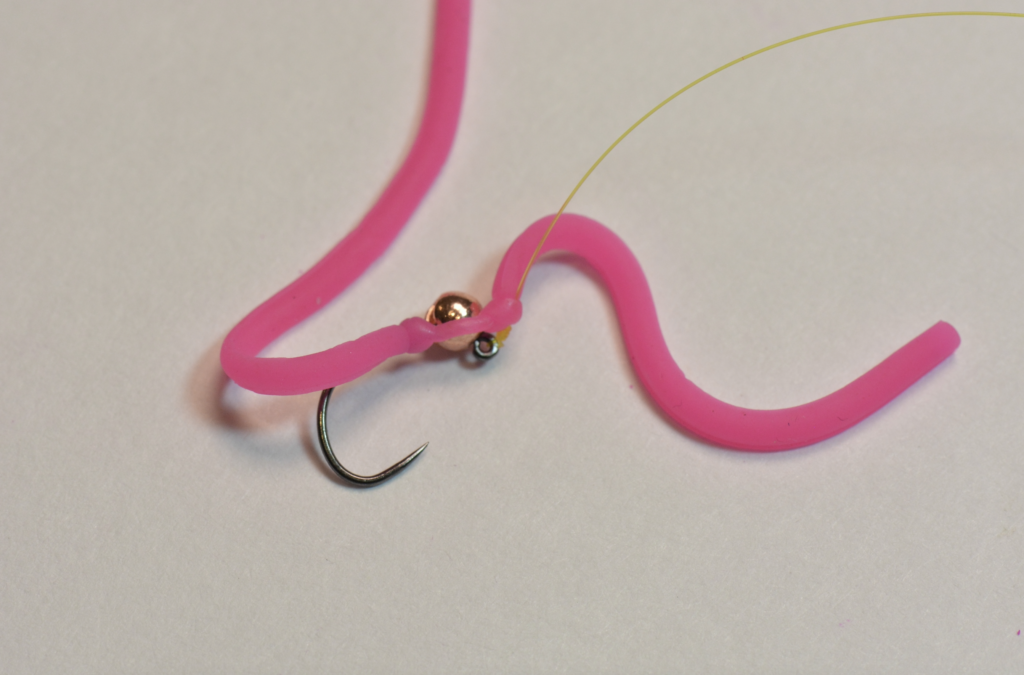
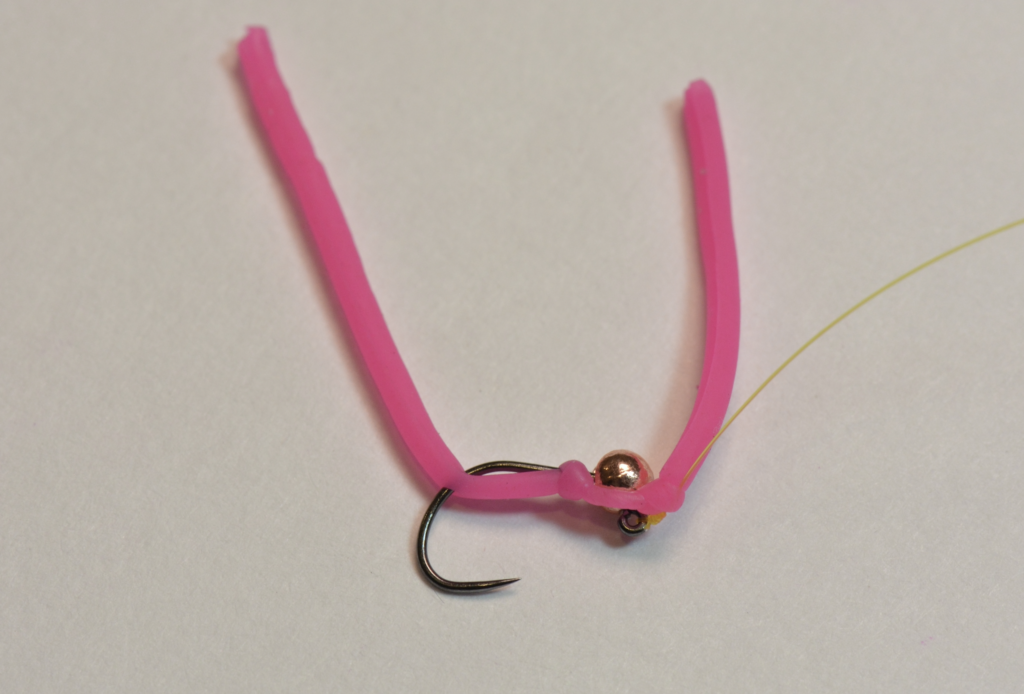
Changing flies is a little different with this rigging method. If the time comes to change the fly while the worm still has some life left, break the tippet and pull the tippet side knot tight to make it a bit smaller. When you want to tie the fly back on, attach the tippet, and then knot the squirmy around it. The previous knot shouldn’t have too much effect. Usually I can get at least one retie out of a worm, and most of the time the fish tear them up before I need a second.
Is it still a fly?
The big question I’m sure everyones wondering is, does this still count as a fly? I don’t know. I fish it like a fly, I have fun fishing it, and I catch fish, which is good enough for me. There’s really not much that separates this from the traditional squirmy fly anyways (which some people still have a problem with). If you count the superglue, it even uses the same number of materials. A lack of thread certainly doesn’t take any enjoyment out of my day. If you’ve got some squirmy worm material lying around, give this a shot and I promise you’ll never look back.
Good luck out there,
Mike Komara
